Architect Firm: HAS design and research
Principle Architects: Jenchieh HUNG, Kulthida SONGKITTIPAKDEE
Design Team: HAS design and research, TROP : terrains + open space, Light Is
Location: Nonthaburi, Thailand
Total Floor Area: 400 m2
Completion Date: January 2022
Photography: W Workspace
The Museum of Modern Aluminum (MoMA) project came about because of a group of ambitious clients who sought to revive the significance of aluminum in Thailand. Thailand was once the largest aluminum manufacturer in Southeast Asia at the end of the twentieth century. Its diverse and abundant aluminum profiles not only satisfied the local market, but were also exported to overseas markets. However, in 1997, the Asian Financial Crisis hit without warning, forcing Thailand’s aluminum industry to sell aluminum at low prices to hardware markets around the country. This, in turn, created a clutter of advertising signs, balcony fences, and ground-floor extensions that make up the present-day Bangkok streetscape.
MoMA is born out of such an environment. It is located at the busiest traffic hub on the outskirts of Bangkok, where heavy traffic has led to a variety of commercial marketing signs lining Ratchaphruek Road, in the hopes of catching the eye of motorists. The main roads lead to The Grand Palace, Wongwian Yai, Bangkok University, and to Ko Kret, the only island in Bangkok. More than a decade ago, fireflies populated Ko Kret, making the island a natural retreat for Bangkokians.
The design team wanted MoMA to serve not only as a public space, but also as a getaway for busy urban dwellers. The building extends the natural landscape of Ko Kret Island to the project site. During the day, MoMA is a dandelion, with its overhanging elements swaying in the wind, bringing softness and lightness to the busy Ratchaphruek Road; at night, it transforms into a firefly, adding a sense of nature and peacefulness to the street.
The design process began with the study of aluminum signboards commonly seen on the streets, and then used aluminum as an element to link the entire building. MoMA not only uses aluminum strips as display items, but also allows them to continue in the architecture, the interior, the landscape, as well as in the lighting and furniture, creating a sense of totality inside and outside. The façade is clad with tens of thousands of aluminum strips, each with a slightly different color and texture, just like the wispy, feathery petals of the dandelion. The aluminum strips, combined with LED lighting, extend from the front façade to the two side façades, and then straight through the “tunnel” space on the west side, filtering and dampening the noise of the external environment as they guide visitors to the quiet exhibition place.
On the façade, they not only provide a variety of lighting functions, but also shade the interior from excessive sunlight to maintain a comfortable interior environment. The flexibility of the exhibition space can meet a variety of display, reception, and activity needs. On the top floor, the enclosed landscape resembles a floating island with seasonal plants, creating an urban ecological site for fireflies to flourish. Through the investigation and research of aluminum profiles, a distinct architectural texture is created, and a new sense of vernacular is established in Thailand’s concrete jungle.


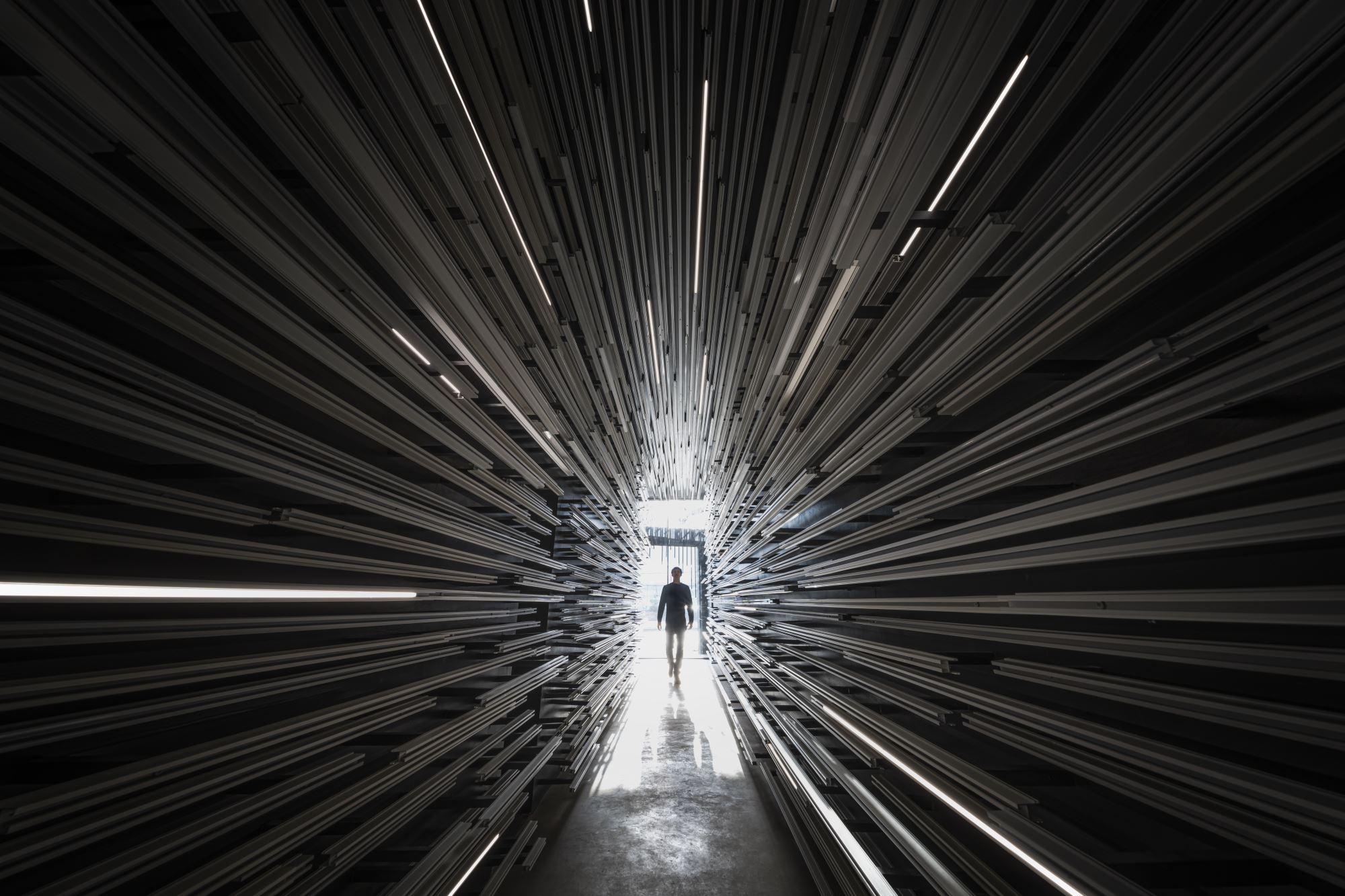

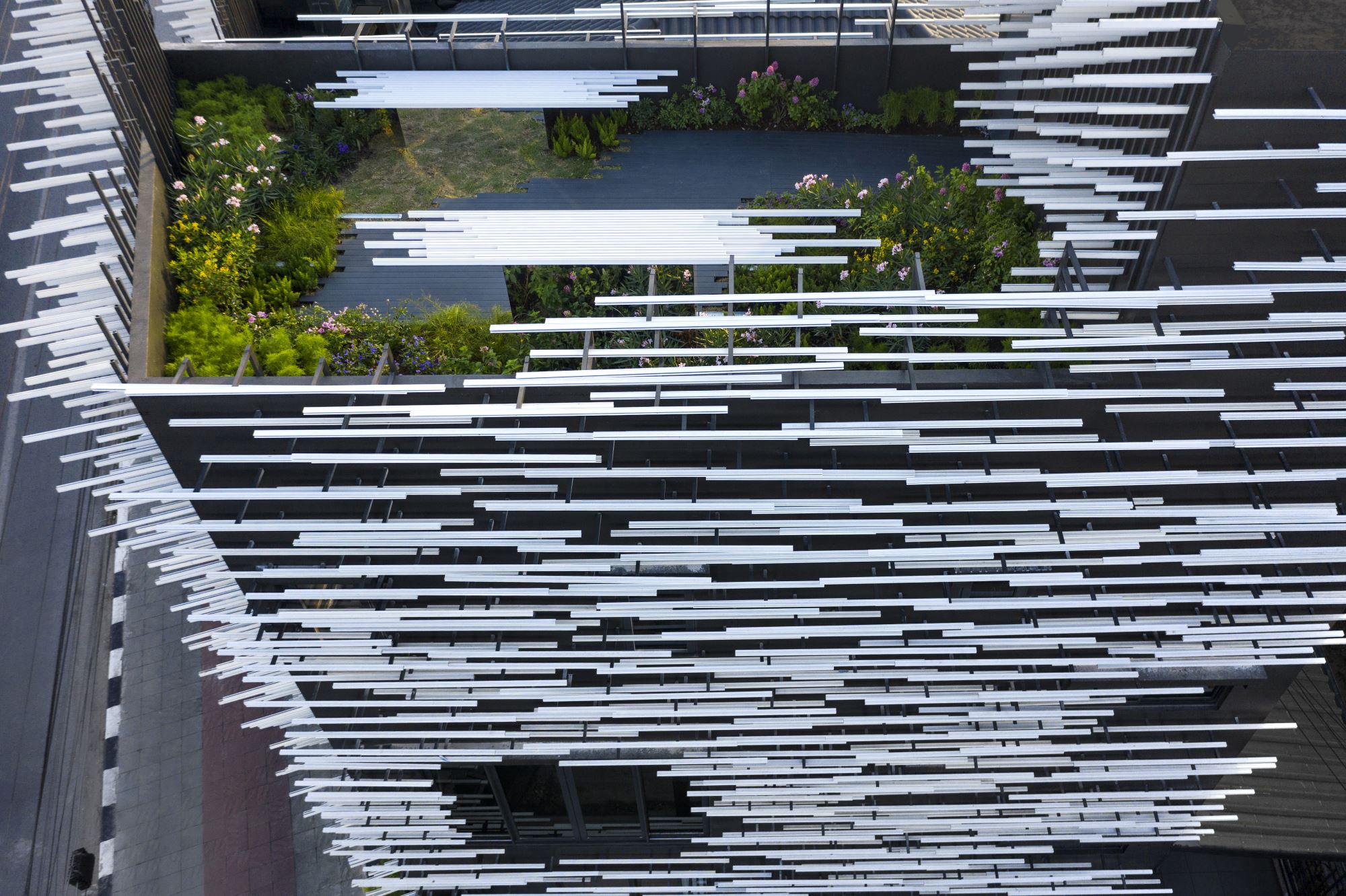
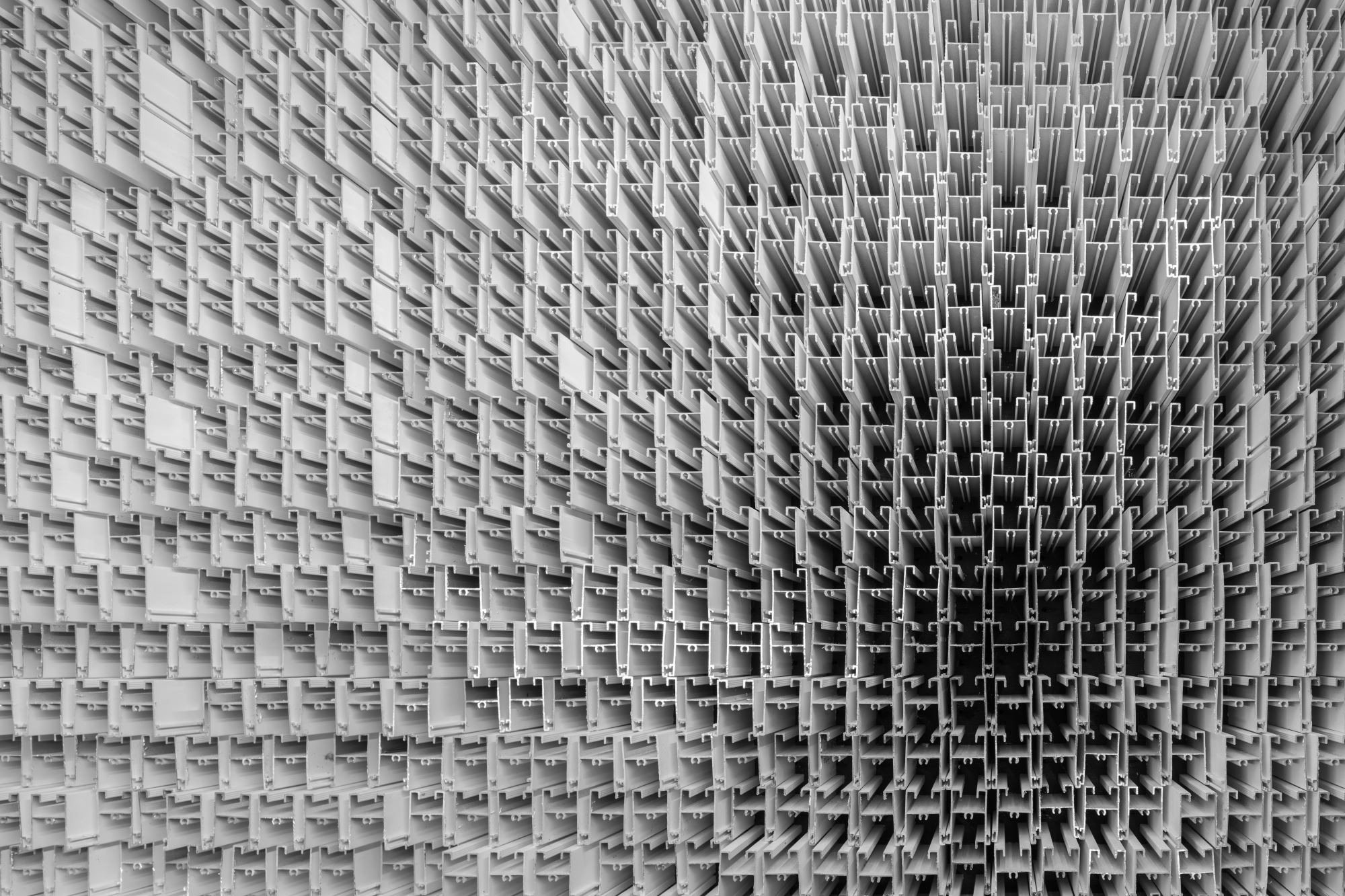

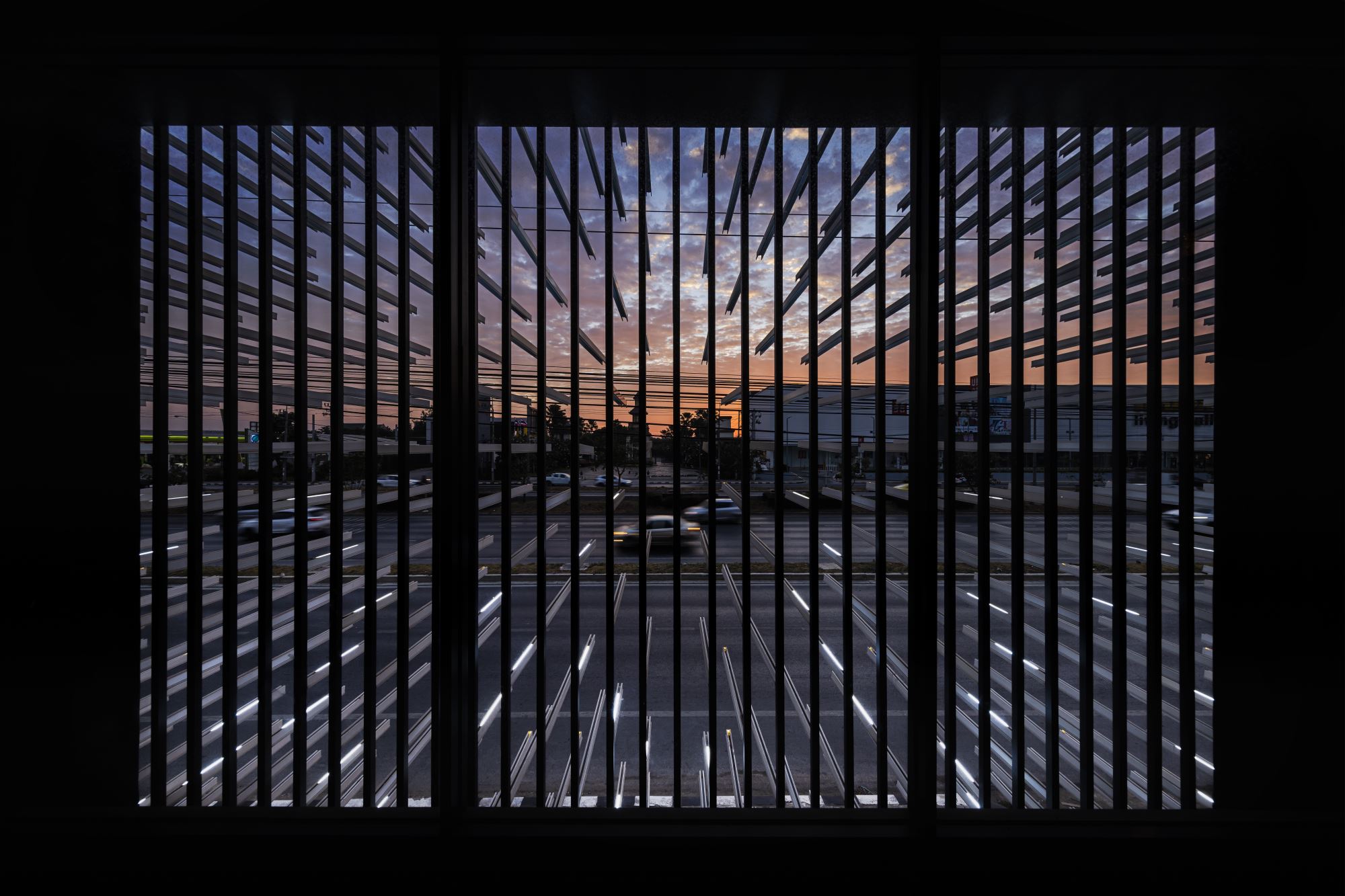
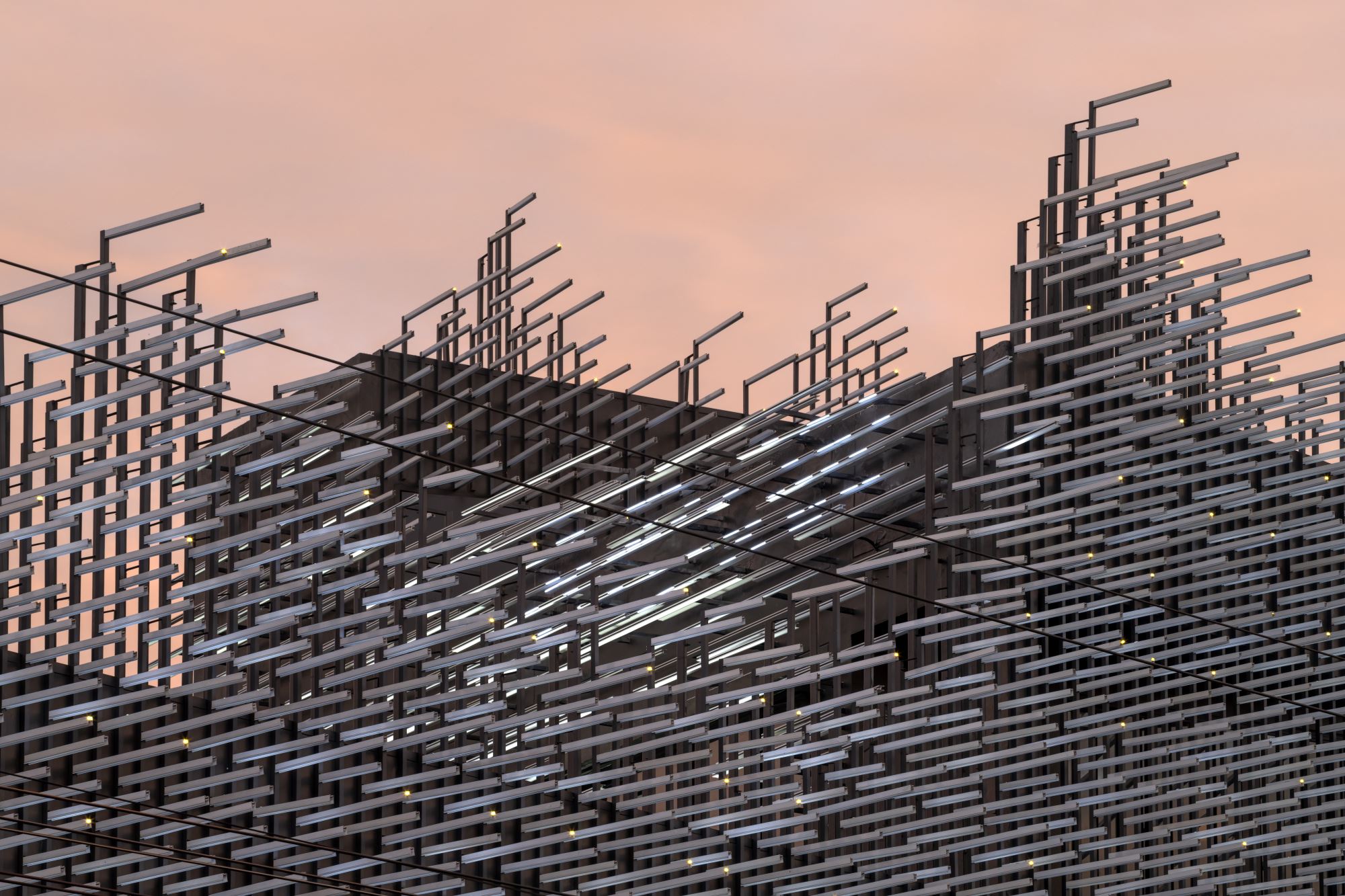

.jpg)
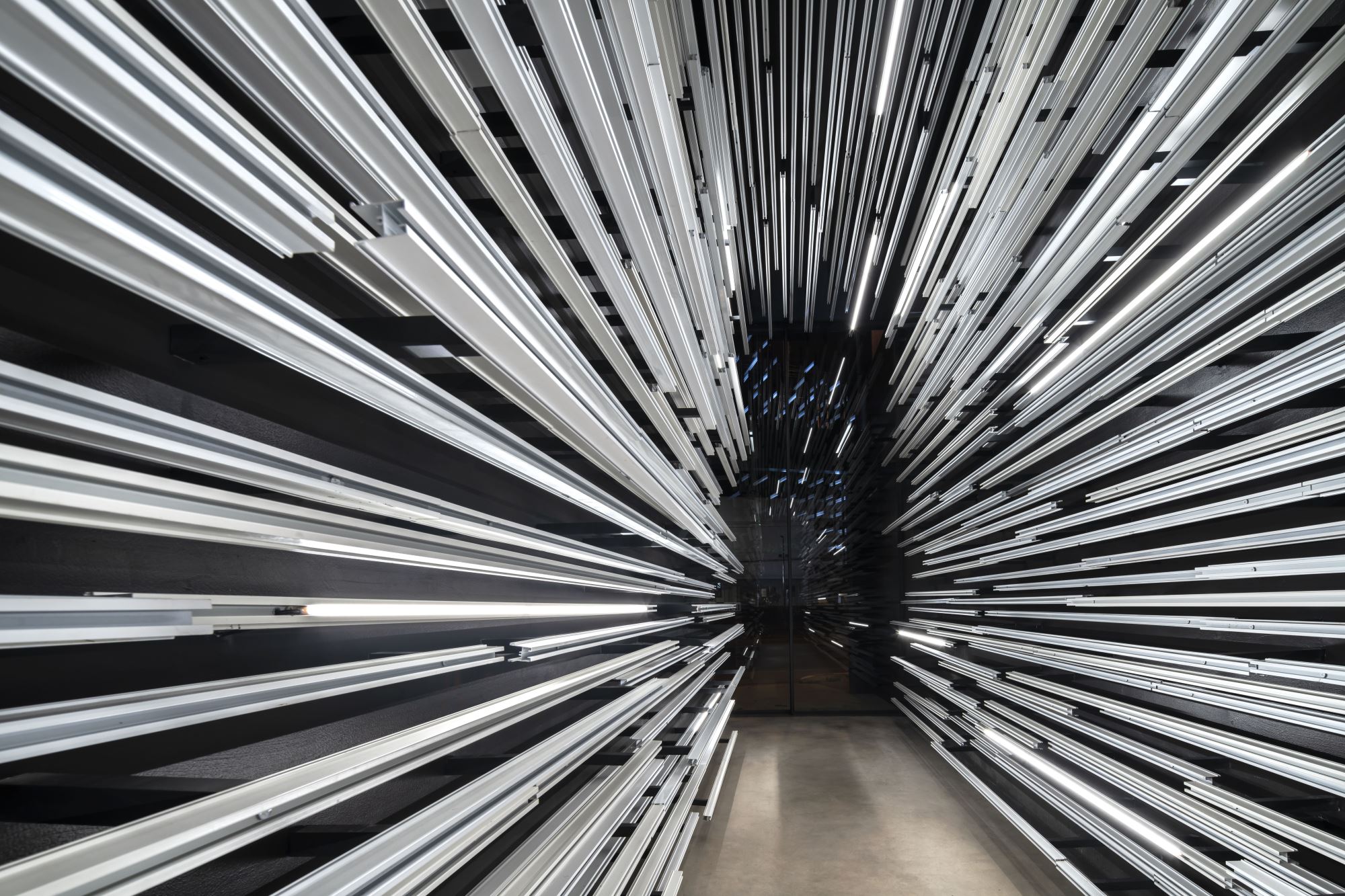

.jpg)
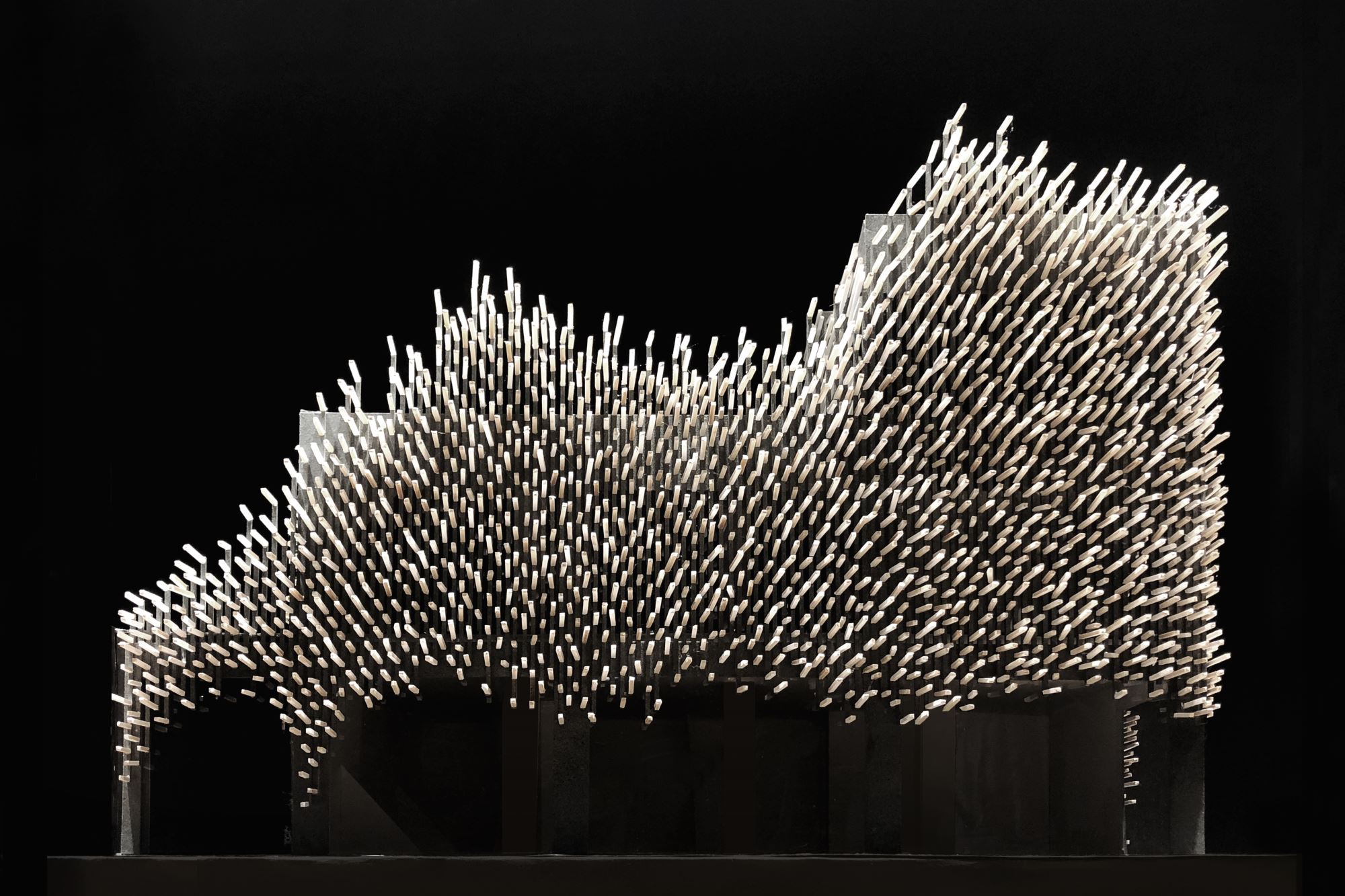

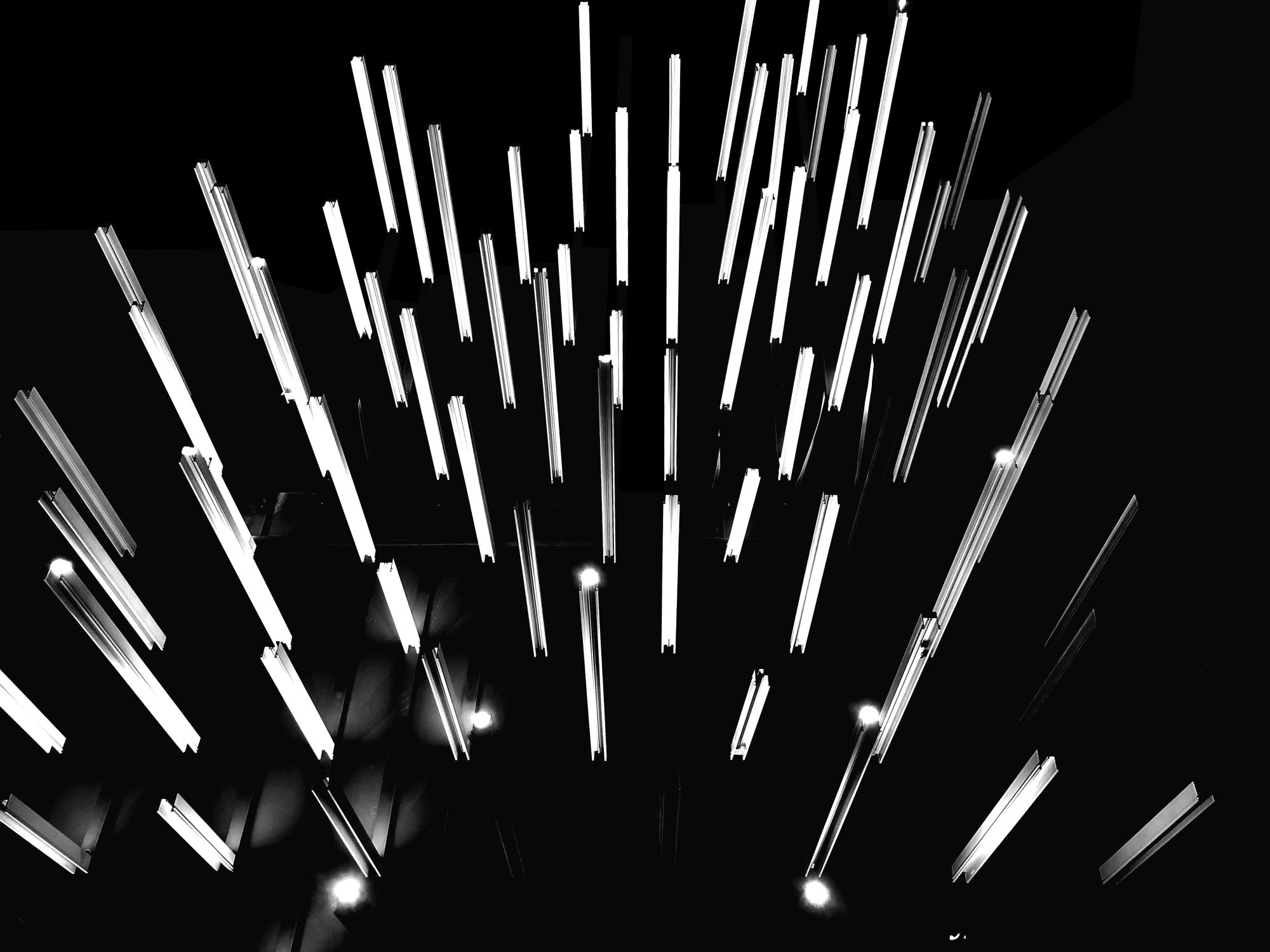





 loading......
loading......